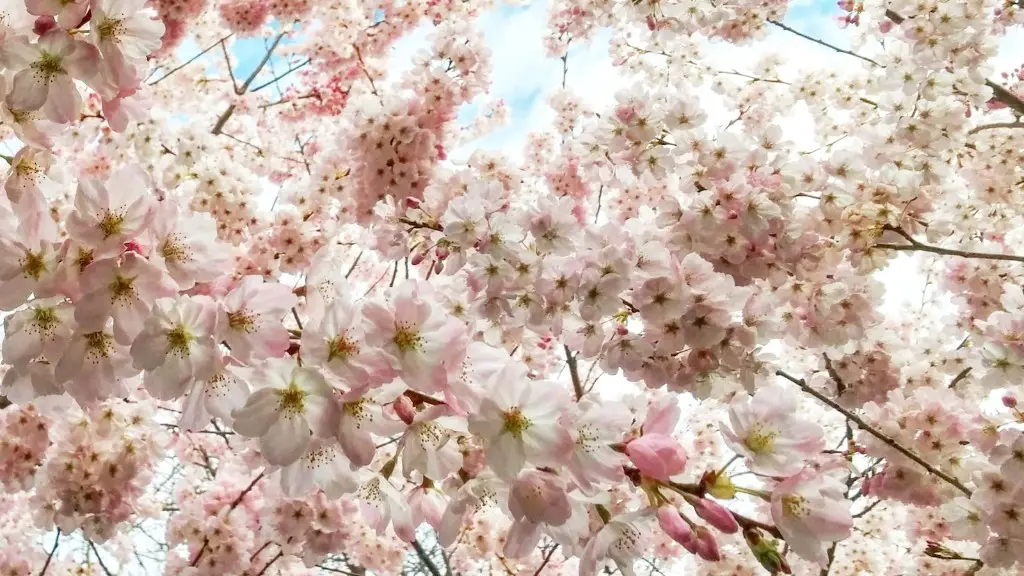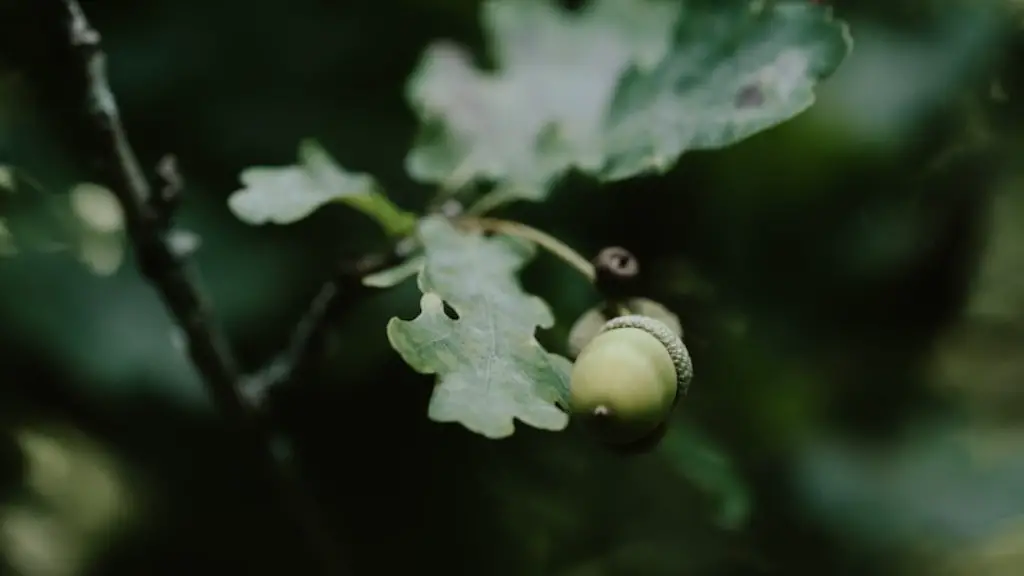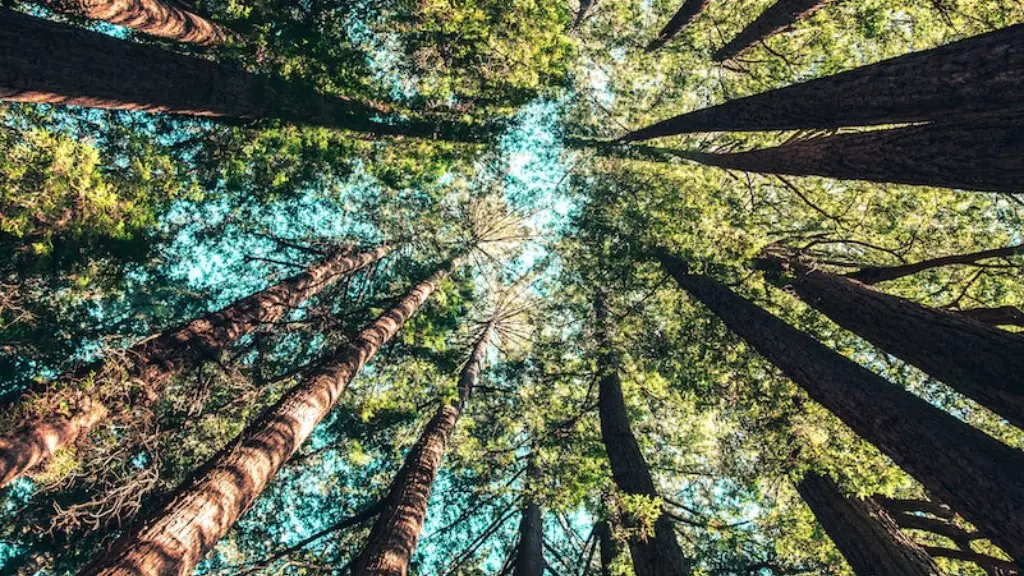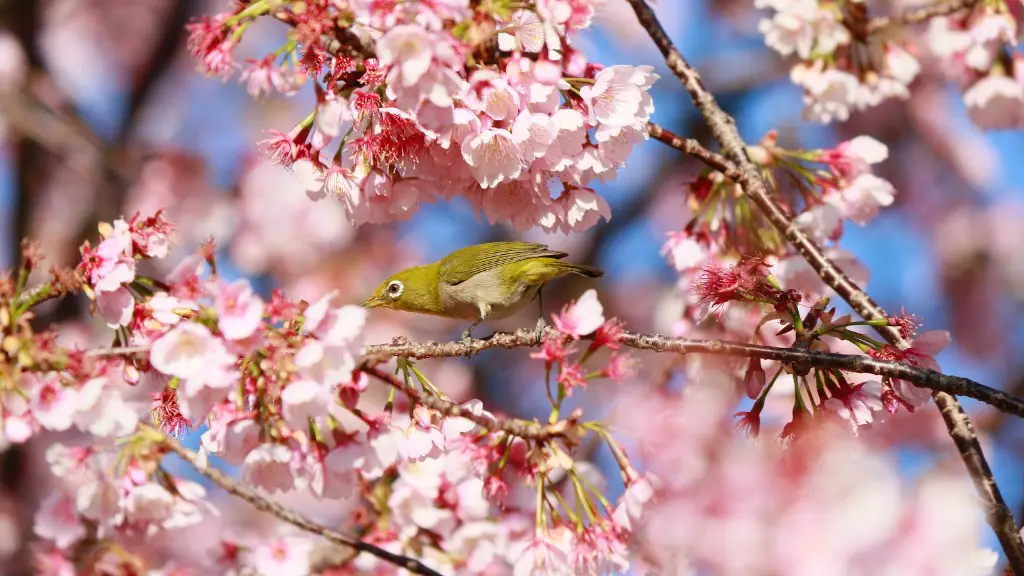Planting a Cherry Tree
Cherry trees are a great addition to any garden. Being both beautiful and profitable, they’re a great way to start your own produce-growing journey. Planting a cherry tree is easy and hassle-free, provided you follow a few simple steps.
Firstly, make sure you choose the right tree for your location. There are many types of cherries, each suited for a different region and climate. Do your research and choose the best one for your local area. Take care to find somewhere close to your house, in an area with plenty of light and ventilation.
Next, get your hands on a quality seed. Cherish trees are best bought from garden centers, as these can usually guarantee quality. Make sure you pick one that is young and healthy, with no pests or diseases in it. Avoid buying plants from outside sources, as it is harder to ensure their condition.
Before planting the tree, prepare your land well. Ensure that the soil is not too hard, and remove any weeds and rocks. Cherry trees thrive in loamy (moist and organic) soil, so add plenty of organic matter such as compost or manure. Once the soil is ready, make a hole large enough to accommodate the root ball, and fill it with topsoil.
Cherry trees need plenty of water, so ensure that you provide plenty in the first few weeks of planting. Water the tree deeply and thoroughly to ensure the roots can establish themselves. Make sure you water the tree regularly in the months leading up to harvest. If you’re unsure as to how much water to give, consult your local garden expert.
Finally, give the tree enough nutrients. After planting, add a thin layer of fertilizer to the roots; this will help them to establish themselves. Prune the tree regularly to promote new growth, and deadhead the flowers to prevent the fruit from going to seed. To boost the production of your cherry tree, you can also feed it with boron or magnesium.
Cherry Tree Problems
Cherries are generally hardy, but it’s important to be aware of common problems. One of the most common is an excessive amount of moisture. This can cause fungal diseases such as powdery mildew and can rot the fruit, resulting in poor-quality produce.
The best way to prevent this is to ensure adequate drainage in the soil, and avoid watering too often. You should also be aware of pests such as aphids, mites and caterpillars, which can all be controlled with professional pest-repelling sprays.
Typically, diseases are caused by lack of proper care. Keep a watchful eye on your cherry tree – look out for signs of rust, powdery mildew or other undesired fungi. If you spot any of these, take action immediately and seek the help of a professional. The earlier you tackle the problem, the greater the chances of recovery.
Nutritious soil is also extremely important. Ensure that your land is rich in minerals such as iron, zinc and magnesium. Take measures to prevent compaction, by introducing organic matter into the soil regularly. If you’re using fertilizers, keep to the recommended doses, as it is easy to over fertilize.
If you’re new to growing cherry trees, it’s best to contact a local garden expert for advice. An experienced garden specialist can provide valuable information, as well as tips and tricks for growing a healthy, productive tree.
Harvesting from a Cherry Tree
Unlike other fruit-bearing trees, cherries do not require extensive pruning and fertilizing during the harvest season. If you want to increase your yield, however, there are some steps you can take.
Pick the ripe cherries whenever they’re ready. Check them regularly as they can quickly become overripe. If you’re not sure, gently squeeze the cherry – if it’s soft, it’s time to pick! Once they’re ripe, get them off the tree quickly – otherwise the birds will get to them first.
Make sure not to overload your tree. If the branches seem to be drooping, pay attention and reduce the fruit accordingly. Excessive weight can break the branches, leading to reduced yields as well as damage to the tree.
You can also reduce your losses by protecting your cherries from pests. Another common problem is cracking – this will usually occur when cherries aren’t getting enough water. Keep your tree well-watered, and stabilize the soil with organic matter.
Cherry trees are very rewarding to harvest. With a bit of patience and the right care, you’ll soon be feasting on delicious cherries in no time!
Cherry Tree Maintenance
To keep your cherry tree healthy and productive, you’ll need to provide regular maintenance. This includes both pruning and fertilizing.
Pruning is an important part of tree maintenance. Cut off any dead or infected branches, as this will help promote new growth. It’s also important to prune away any overcrowded branches, as this can restrict healthy growth. Trim the branches regularly throughout the year, and be sure to use the right tools. Remember to sterilize them in between uses.
In terms of fertilizing, use a slow-release fertilizer in the early spring. This will help the tree get the nutrients it needs for the coming season. Don’t overfertilize however, as this can be damaging to the tree. Make sure to do a soil analysis before applying any fertilizer, as this will tell you which nutrients are present in the soil.
It’s also important to protect the tree from extreme temperatures. If you live in an area prone to frost, be sure to wrap the tree in horticultural fleece during the winter months. This will provide extra insulation and prevent frost-damage to the tree.
Cherry trees are fairly robust, but it’s still important to keep up with the maintenance. By caring for your cherry tree properly, you’ll ensure a productive and healthy harvest for years to come!
Pruning Cherry Trees
Pruning is an important part of any cherry tree’s maintenance plan. Regular pruning can help promote strong, healthy growth, as well as a high yield of quality fruit. Pruning can also help to improve the overall structure and shape of the tree.
The best time to prune your tree is in the winter, just before the growing season. Prune away any dead, diseased or damaged branches by cutting them back to a healthy part of the tree. Usually, this means cutting them back to the collar, which is the area of natural bark just above where the branch once attached.
You can also prune away any overcrowded or rubbing branches. These can prevent good air circulation, which can cause disease and stunt growth. You can also use pruning techniques such as heading back, which involve cutting back a side branch to encourage branching outwards. This can help the tree become more productive and aesthetically pleasing.
Pruning needs to be done carefully and with the right tools. Make sure you protect yourself from any cuts or injury, and always sterilize your tools in between uses. With the right pruning technique, your cherry tree will produced a beautiful, healthy crop!
Common Cherry Tree Diseases
Cherry trees are quite robust, but it’s still important to be aware of common diseases and pests. Being prepared and taking action promptly can help avoid major losses.
Cherry powdery mildew is a common and easily spotted disease. It’s caused by a fungus that starts out looking like white powdery patches on the leaves. Eventually, the leaves will turn yellow and drop off. To prevent and treat powdery mildew, provide adequate drainage in the soil and keep the foliage dry.
Another common disease is brown rot. This is caused by a fungus which infects the fruit, resulting in poor-quality, rotting cherries. The best way to combat it is to remove any affected fruit immediately and ensure adequate airflow. You can also use fungicides to help prevent further spread of the disease.
In terms of pests, the most common are aphids, caterpillars, mites and birds. All of these can strip away fruit and foliage, reducing your yields. Professional pest-repelling sprays can help against these pests, as can netting or trapping. Keeping the tree well-maintained and healthy will also go a long way towards keeping your tree safe from infestations.
By tackling common diseases and pests early, you can prevent major losses. Take care to inspect the tree regularly and address any issues as soon as they appear.





